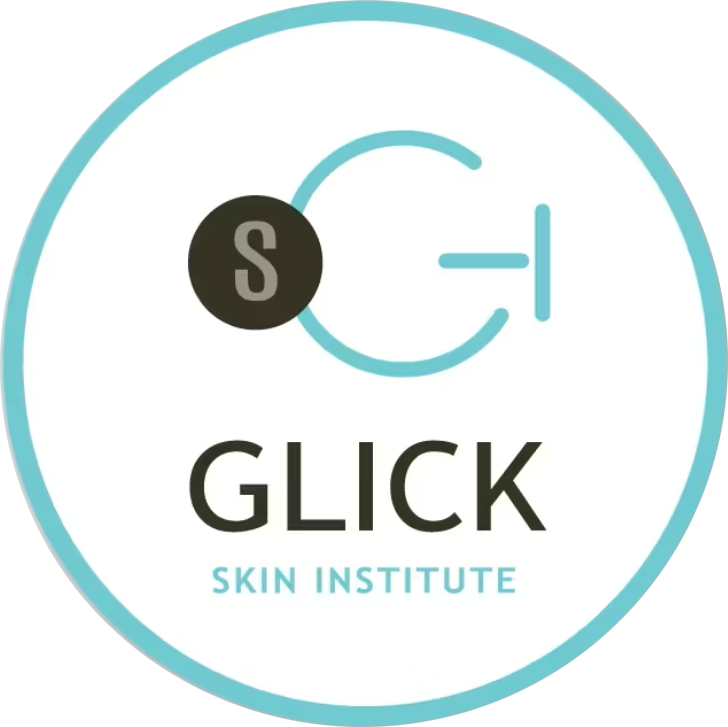Almost every viral skincare trend has a legion of enthusiastic – though sometimes anonymous – advocates. However, do any of the hottest skincare hacks have a solid scientific foundation or are they just shortcuts that could have potentially serious consequences? Let’s take a closer look.
Glass skin, cloud skin, and Jell-O skin are all viral terms describing the ideal complexion. Skin as smooth and clear as glass, as matte and luminous as a cloud, and as bouncy with collagen as Jell-O might be within your reach with a few home tricks and tips! At least, according to TikTok and Reddit users.
There’s something comforting about crowd-sourced skincare tips and tricks. After all, these are posted by regular people who’ve struggled with common skin issues; they’re not some huge corporate brand making promises their products will never fulfill, are they?
While some social media influencers or gurus operate in good faith and provide information and advice that they themselves follow, DIY skincare isn’t necessarily a viable solution for what could be legitimate medical issues. Here is a look at a few of the most popular viral skincare trends that might not be worth the hype.
Slugging
Slugging skincare is possibly the most popular and widely adopted DIY skincare trend. It involves applying an occlusive layer – petroleum jelly, most commonly – to the skin after cleansing to prevent trans epidermal water loss and keep the skin hydrated. This strategy is supposed to effectively seal in moisture, prevent dryness, and achieve smooth, glowing skin.
But what is causing your dry skin?
Slugging doesn’t address the root causes of xeroderma, the clinical term for dry skin; it simply prevents additional water loss. Many people experience dry skin when the weather turns cold or because their skin doesn’t produce sufficient sebum to retain moisture. Others have dry skin because of an underlying medical issue, like eczema. It’s possible to experience dry skin as a response to a cosmetic or cleansing product.
Applying a layer of petroleum jelly to your skin after a cleansing routine that might contribute to dryness will trap the irritant next to the skin, exacerbating the problem and potentially causing breakouts.
And speaking of breakouts, this strategy is DEFINITELY NOT for people with acne-prone skin.
Slugging might benefit people whose dry skin is not caused by any external irritant or internal health concern. However, if you experience even the occasional breakout, have combination skin (both oily and dry), or have sensitive dry skin that becomes irritated or inflamed, consult a dermatologist for appropriate solutions.
Home Extractions/Popping
The home extractions trend is among the more troubling DIY skincare phenomena. Home pore extractions – manually removing debris from pores using an extraction tool or other implement – can lead to scarring, pockmarks, inflammation, and even infections.
In addition to potentially worsening existing acne and creating permanent scars, home extractions do not address the factors that contribute to the development of blackheads.
Home extractions are particularly dangerous when they are performed on cysts, which must always be evaluated by a medical professional before removal. The only safe way to undergo a pore extraction is to have one performed by a trained and certified dermatologist.
Face Taping to Prevent Wrinkles
For decades, movie stars and entertainers have used face taping to draw back loose facial skin before filming or performing. Even non-entertainers use tape along the jawline and the temples as an instant, temporary facelift before a special event.
However, face taping has also recently become an online trend that supposedly inhibits the development of wrinkles. The theory behind overnight face taping is that the tape discourages the use of facial muscles during sleep, preserving the skin and preventing dynamic wrinkles.
Unfortunately, there is absolutely no evidence to suggest that facial taping has any long-term effect on existing or developing wrinkles. Moreover, using overnight tape could cause skin irritation and clogged pores.
Laser therapy, chemical peels, dermal fillers, and Botox are among the most effective treatments available for fine lines and wrinkles.
If you want to address signs of aging, skin clarity, or any other skin concern, it’s always best to consult with a trained dermatologist.

